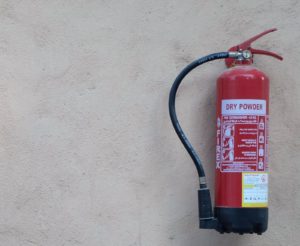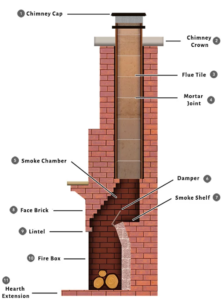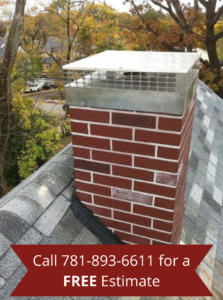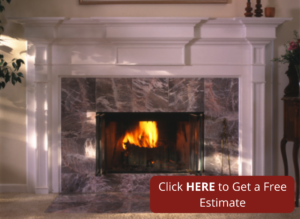Chimney Care Guide: How to Stay Ahead of Your Fireplace and Chimney Maintenance
Chimney Maintenance may seem daunting. Though having a properly working chimney is important, it does not need to be intimidating. By taking care of some tasks on your own and leaving others, such as chimney sweeps and inspections, to professionals, you can feel confident that your chimney is secure and in working order. At Boston’s Best Chimney, we perform inspections, chimney sweeps, and more. Give us a call at (781) 893-6611 or click here if you have concerns about your chimney or would like to set up an appointment with us.
Here is our guide to staying ahead of important fireplace and chimney maintenance:
Clean The Fireplace Interior
Remove ashes from your fireplace so that there is never more than two inches of ash inside. Wood ashes can draw moisture. Since wood ashes are acidic, the combination of ashes and water can damage the fireplace’s masonry. After each winter, be sure to do a deeper cleaning to remove all ashes from your fireplace. When completely cool, you can use a shovel to scoop up ashes and you can place them in a bag to dispose of. Wood ashes are also compostable. You can gather the remaining bits of ash using a vacuum cleaner.
Get Rid of Soot and Fire Stains
Removing stains from your fireplace will keep it looking fresh and new. All you need is a solution of soap and water and a wire brush. Spray the surface and let it sit for about 45 minutes. Then scrub off the softened residue with the wire brush.
Implement Fireplace Safety Measures
According to firstalert.com, you should put at least one smoke detector in every level of your home and a CO detector in every bedroom of your home and outside each sleeping area. There should be both a smoke detector and CO detector in the same area as your fireplace. It is important to check your smoke detector and CO detector every six months to make sure they are working correctly and have fresh batteries. A great way to remember is when it’s time to change the clocks, change the batteries in the smoke detector and co detectors.

In addition, you should have a fire extinguisher near your fireplace (and in your kitchen and garage) in order to keep your home safe. Check out our fireplace safety checklist for more tips on avoiding home fires.
Do An At Home Check-Up
Having your chimney inspected and swept by a professional at least once a year is essential to keeping it safe and well-maintained. That being said, the more aware that you are of what is going on with your chimney, the better. Besides knowing how your chimney works, there are a few things that you can check on your own in between inspections to make sure that everything looks fine. If you are comfortable getting on a ladder, you can take a look at your chimney cap to make sure that it is not clogged by debris and that it is in good condition. You can also make sure that the chimney flashing (the sealant at the point where the chimney meets the roof) is not damaged.
 Finally, take a look at the chimney’s bricks to make sure that the mortar is not cracked. Gaps and cracks in the masonry will allow water to enter these areas and potentially grow mold.We would recommend taking a look at your chimney every spring during your spring cleaning.
Finally, take a look at the chimney’s bricks to make sure that the mortar is not cracked. Gaps and cracks in the masonry will allow water to enter these areas and potentially grow mold.We would recommend taking a look at your chimney every spring during your spring cleaning.
Don’t Forget Your Annual Professional Inspection
Our most important chimney maintenance tip is to get your chimney inspected and swept by a professional annually. Having your chimney needs taken care of by a professional ensures that they’ll have the right tools on hand, and find any problems that would be otherwise hidden.
Boston’s Best Chimney is your one stop chimney company and we specialize in every aspect of chimney maintenance and repair. Contact us here or give us a call at (781) 893-6611 to set up an appointment.
The post Chimney Care Guide: How to Stay Ahead of Your Fireplace and Chimney Maintenance appeared first on Boston's Best Chimney.







 Chimney Fires
Chimney Fires Addressing Chimney Damage
Addressing Chimney Damage Chimneys are needed for not only fireplaces, b
Chimneys are needed for not only fireplaces, b
 Chimney Flue
Chimney Flue
